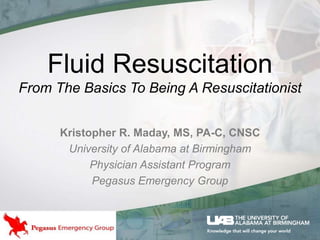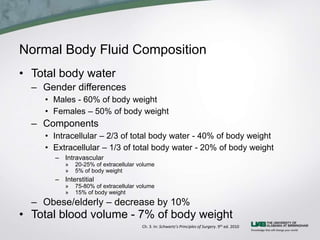1) The patient has signs of shock including hypotension, tachycardia, and elevated lactate and base deficit.
2) Fluid resuscitation with 2L LR improved hemodynamics but lactate and base deficit remain elevated, indicating ongoing shock.
3) Aggressive resuscitation with blood products following a 1:1:1 ratio of PRBCs, FFP, and platelets is indicated to replace blood loss and prevent coagulopathy, given the suspicion for hemorrhage.












































